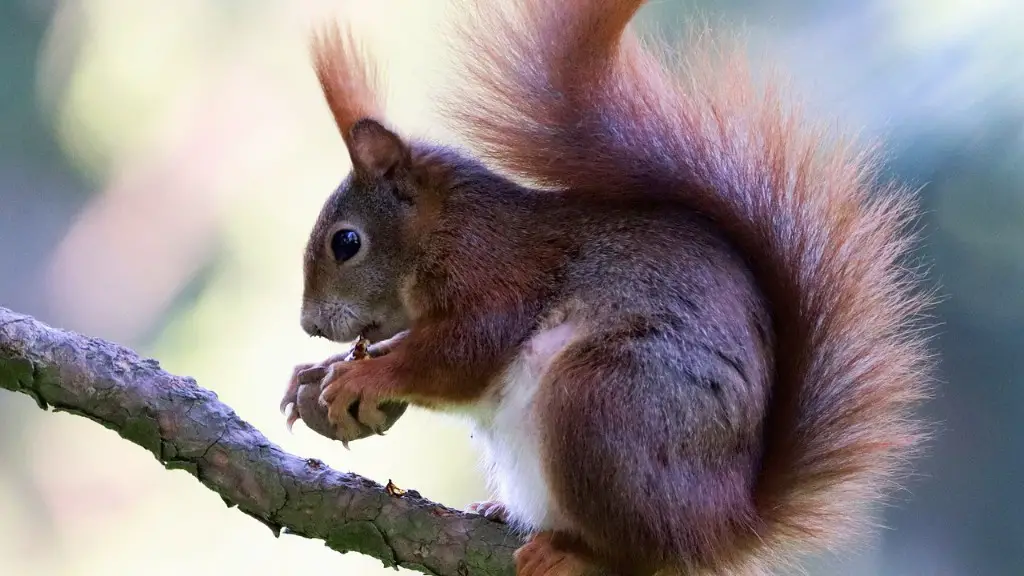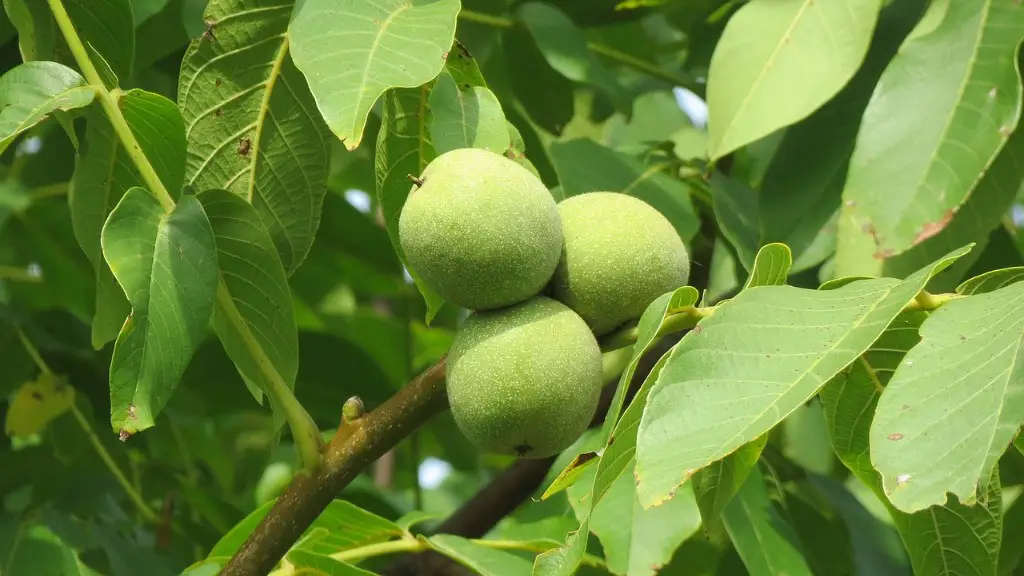The Avocado Tree and its Abundant Produce
Avocados are a unique and nutritious fruit, prized for their buttery texture, creamy taste, and health benefits. But many people don’t know that avocados come from trees. In fact, the avocado tree is an evergreen that can produce an abundance of fruit in single season, and even multiple harvests. Here is what you need to know about the amazing avocado tree and the fruits it has to offer.
Facts about Avocado Trees
Avocado trees are a species of flowering tree in the family Lauraceae. Native to tropical regions of North, Central, and South America, these trees can grow to heights of 65 feet and can live more than a century when given enough sunlight and water. Avocados also produce small flowers that bloom regularly, providing pollinators with plenty of nectar.
Does an Avocado Tree Produce Fruit?
Yes! Depending on the variety of avocado, a single tree can produce anywhere from 15-300 fruits in one season. Some varieties produce more, while others are smaller or have less flesh. Most of the time, an avocado tree will first bear fruit two to five years after planting, and will reach full production in five to ten years.
How Often Should I Harvest?
Avocados are typically harvested twice a year. The first harvest is usually in late spring or summer and the second harvest is in the fall. To determine when the avocados are ripe, wait until the skin turns dark green and then pick them off the tree.
What Variety of Avocados Should I Plant?
When it comes to choosing an avocado variety, there is no one-size-fits-all answer. Different varieties have their own unique flavor, texture, and productivity. Some varieties are so large they can weigh up to five pounds. Others are much smaller and may be suited for urban gardens. To help you choose, consult local nurseries or consult a certified agriculturalist in your area.
Is an Avocado Tree Easy to Grow?
Growing an avocado tree is surprisingly easy. They are not overly picky plants, and given good soil, plenty of sunshine, and consistent watering, they can produce a bounty of fruit year after year. When planting a new tree, make sure to choose a spot with good drainage and ample sunlight. For best results, fertilize two or three times a year with a balanced organic fertilizer.
How to Care for an Avocado Tree
Caring for an avocado tree is fairly straight forward. It is important to keep the soil moist, but not overly wet or soggy. Avocados are sensitive to overly wet soil, so if it is allowed to stay too wet it can lead to root rot. In addition, avocados are sensitive to cold temperatures so make sure to choose a location that is protected from cold winds and frost.
Propagating Avocado Trees
One of the easiest ways to propagate an avocado tree is using grafting. This is a method where a healthy branch is cut and grafted onto the existing tree, allowing it to draw nourishment and water from the host tree. This is especially useful for avocado trees growing in climates that do not get enough sunlight or nutrients.
Recipes Featuring Avocados
Avocados can be used in a variety of recipes from salads to soups to guacamole. Not only are they nutritious, but their creamy texture and buttery flavor make them a versatile ingredient. When exploring recipes, keep in mind the varieties of avocados and the texture and flavor of each type.
Products Produced From Avocado Trees
In addition to the fruits, avocado trees also produce other products such as oil, butter and even flour. Avocado oil, made from pressing the flesh of the fruit, can be used for cooking and is also popular in skin and hair care products. Avocado oil is also becoming increasingly popular in soaps and lotions. Avocado butter, when combined with other butters, can be used to create a luxurious body butter. Avocado flour, made from the flesh of the fruit, is a gluten free alternative to wheat flour and can be used in baking or as a thickener for soups or sauces.
Common Pests & Diseases for Avocado Trees
Avocado trees, like all plants, can suffer from pests and diseases. The most common pest of avocado trees is the mealybug, which can cause damage to the leaves and fruit. Diseases such as anthracnose, canker, and root rot can also affect avocado trees. Fungicides and other treatments can help control these pests and diseases. It is also important to inspect your tree regularly, as early detection of pests and diseases can help you keep your tree healthy.
The Health Benefits of Avocados
Avocados are packed with essential vitamins and minerals such as Vitamin A, Vitamin C, and Vitamin E, as well as proteins, healthy fats and dietary fibers. Eating a diet rich in avocados can help reduce inflammation, improve heart health, and reduce the risk of obesity and diabetes. Additionally, the high fiber content can help increase feelings of fullness, making them useful for weight loss.
Harvesting & Storing Avocados
The best way to harvest avocados is to wait until the fruit is ripe and then peel them from the tree. To store avocados, place them in a cool, dark place and cover with a damp cloth (this will prevent them from drying out). Storing them in the refrigerator can help extend their shelf life.
The Environmental Benefits of Avocado Production
Avocado production is not only beneficial for our health, but it is also beneficial for the environment. Avocado trees require less water than other fruit and crop production making them ideal for dry climates. Furthermore, they can help increase the fertility of soil by providing essential nutrients. Finally, their prolific production means that more people can benefit from the nutritional contributions of avocados without depleting resources.


